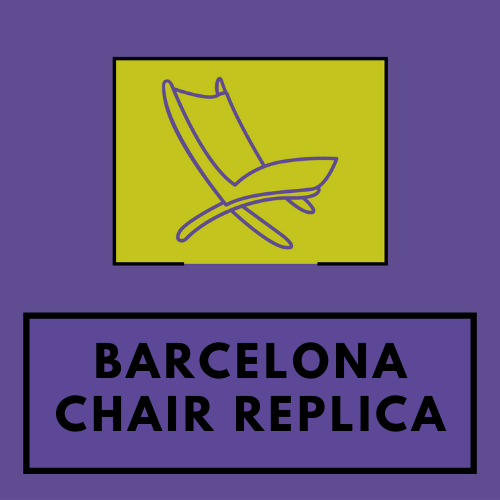Design Notes from the Barcelona Chair: The 7 Elements of Design
As we discussed in a prior article, Interior Design has its Principles. They are our guides through the process of creating a functional and beautiful space. But this process requires physical tools, bricks to be used and combined and this way creates a particular effect. Let’s discuss now the 7 elements of Interior Design.
Element Number One: Space
Interior Design must be observed mainly as the management of interior spaces. We live in spaces, where we need a comfortable space, easy to move in and out; and with several functionalities that make it suitable for us. Space can be negative or positive. By negative space, we mean empty spaces, while positive space is the occupied space. While Interior Design deals with interior spaces, the structural elements of space are walls, ceilings, columns, floor.
Element Number Two: Lines
Lines defines objects. Vertical, horizontal and dynamic lines give us some different effects that can be used to play with. Vertical lines can be use to play with height; horizontal lines are useful to play with space and voids; and dynamic lines are used to create movement.
Element Number Three: Shapes
Lines create shapes. There are two ways to consider shapes: Open or closed; and geometrical or natural. By Open shapes, we understand the forms or shapes we can get in, like a bathtub; while a closed shape is a physical object, like a plant or a mirror. Considering the shapes geometrical or natural helps us to understand the particular effect of shapes: Rectangular, squared shapes give us a feeling of rigidness, and rounded, circled shapes make us feel more comfortable and relaxed.
Element Number Four: Light
Light is at the core of everything. Its what makes us see lines, shapes, and space in general. The management of the light is basic for a successful space. Usually, light is divided into Natural and Artificial. A good design must always get the most of the natural sources of light. The artificial sources of light are divided in Ambient light (Light for the whole space); Accent light (When you want to display or to remark a specific spot of the house); or Task light (Work, study solutions to allow you do some tasks comfortably).
Element Number Five: Color
Another core element, linked closely to light. Color is significant in many ways. Aesthetically, but psychologically too, the influence of color in interior design is always fascinating. Color is a powerful tool to support the functionality of spaces.
Element Number Six: Texture
Another fascinating element of Interior Design, Texture affect us and influence us. Texture has two dimensions: Physically and visually, and they are both important. While a leather chair, like the Go to Manhattan Home Design to get the best advice and information about Mid Century Modern style furniture, and masterpieces of design like the Barcelona Chair, may feel soft, smooth; the texture of a marble top table gives us a soft, and hard, but cold sensation too. All these sensations are added to our perception of a room and make us feel more or less comfortable with space.
Element Number Seven: Patterns
Pattern means the repetitive use of a single element of decor through several spots or in the same surface of a room. Patterns are one of the most useful decor tools, and can be used to link a single spot or several spaces.
Go to Manhattan Home Design to get the best advice and information about Mid Century Modern style furniture, and masterpieces of design like the Barcelona Chair.

Recent Comments